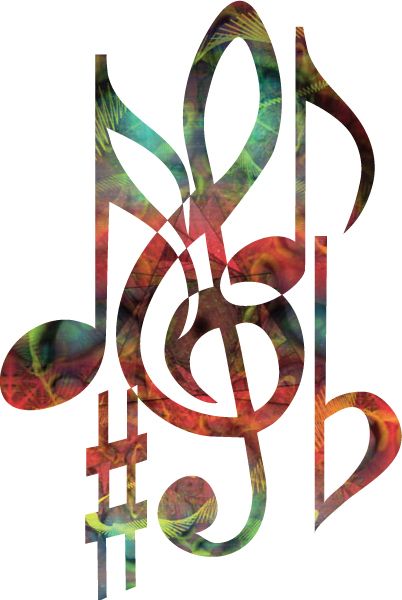
Does the latest top-of-the-charts hit leave you smiling? Wistful? Irritated? New research suggests music really might have you seeing red—or blue, or yellow, depending on the song. Not only do certain songs evoke specific emotional responses, but also people tend to associate these emotions with visual stimuli, especially color. For years, lighting technicians at concert venues have been taking advantage of music-color associations, mimicking an extremely mild version of synesthesia, a neurological phenomenon where input into one sensory pathway leads to perception in another.
In a recent publication, UC Berkeley Professor of Psychology Steven Palmer, expert on sensory interactions and synesthesia, and his collaborators examined music-color associations within US and Mexican culture. Light, fast-paced music in a major key was associated with saturated, yellowish colors, whereas slower minor-key music was associated with blue (the color opposing yellow in the human visual system). Statistical analyses indicated that while music-color associations were present, music and color were more closely correlated with the subjective emotional experience of the participant than to each other. In other words, music evokes emotions, which are then associated with colors.
Color-emotion associations may have practical value. At Iowa’s Kinnick Stadium, the visiting team’s locker room is painted pink in an effort to subdue and placate opponents before the game. Why do these associations happen? “One of the primary functions of the brain is to find associations between different kinds of information,” explains Palmer. “When input from two different senses shares an overlapping association, the brain will find them.” Synesthetes, then, are just over-associators. Intriguingly, these associations may be culturally driven. Palmer and his team are now investigating music-color associations in the distinctive musical motifs of Turkey.
—Zach Helft
This article is part of the Fall 2014 issue.



